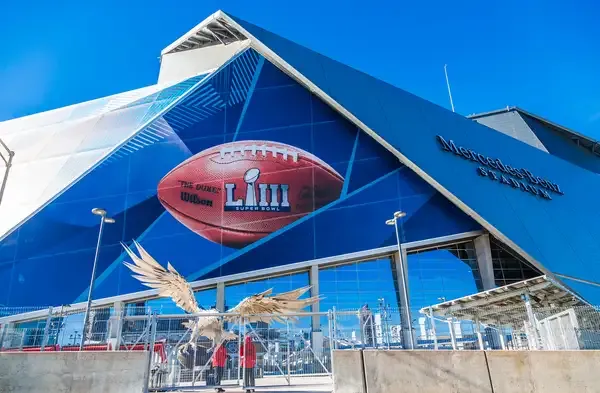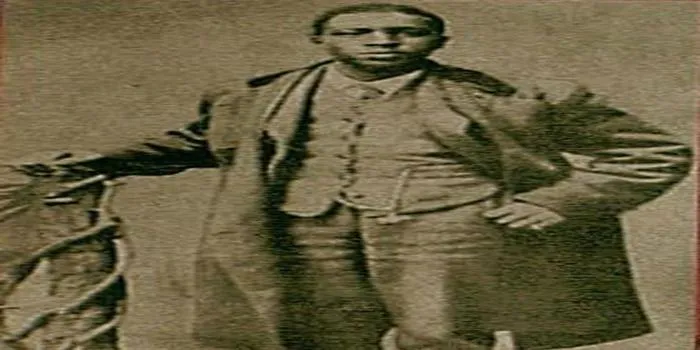- Home >
- Sport
- > Team Sports
What Was the Super Bowl’s First Blockbuster Commercial?
"The Big Apple" was the first blockbuster commercial aired during the Super Bowl, marking a significant moment in advertising history. This catchy campaign not only captured the essence of New York City but also set a precedent for future Super Bowl commercials. Additionally, the article explores the origins of nicknames for eight other famous cities, revealing the stories behind names like "Windy City" for Chicago and "Sin City" for Las Vegas, showcasing the cultural and historical significance behind these monikers.

The Evolution of Super Bowl Commercials
The Super Bowl has become synonymous with high-budget commercials that captivate millions of viewers. Over the years, these advertisements have evolved into a cultural phenomenon, often generating as much buzz as the game itself. But what was the Super Bowl’s first blockbuster commercial? Understanding this pivotal moment in advertising history helps us appreciate the innovation and creativity that have defined Super Bowl ads for decades.
The Game-Changer: 1984 Apple Macintosh Commercial
The year was 1984, and the Super Bowl XVIII featured what is widely recognized as the first blockbuster commercial: the Apple Macintosh advertisement directed by Ridley Scott. This groundbreaking ad introduced the world to the Macintosh computer and showcased Apple’s commitment to innovation. The commercial aired during a time when IBM dominated the personal computer market, and Apple aimed to disrupt that status quo.
The ad depicted a dystopian future inspired by George Orwell's novel "1984," where a heroine (played by actress Anya Major) runs through a bleak environment to shatter a screen displaying an authoritarian figure, symbolizing Apple’s challenge to the computer industry. This bold narrative not only captured viewers' attention but also established Apple as a brand willing to take risks.
Impact of the 1984 Commercial
The 1984 Apple Macintosh commercial was more than just an advertisement; it was a cultural event. It generated immense buzz and set a new standard for Super Bowl commercials. Apple spent approximately $900,000 for the 60-second slot, a hefty price at the time, but the return on investment was substantial. After airing, the Macintosh sold over 70,000 units in just three months, highlighting the effectiveness of the marketing strategy.
Key Features of the Blockbuster Commercial
What made the 1984 Apple Macintosh commercial a blockbuster? Here are some key features:
| Feature | Description |
|---|---|
| Storytelling | The ad conveyed a powerful narrative that resonated with viewers, making it more than just a product pitch. |
| Visual Effects | Utilizing cinematic techniques, the ad was visually striking, setting a standard for future commercials. |
| Cultural Relevance | By referencing "1984," the ad tapped into societal fears, creating a deeper connection with the audience. |
| Memorable Tagline | The tagline “The computer for the rest of us” emphasized accessibility, positioning Macintosh as user-friendly. |
The Legacy of Super Bowl Commercials
Since the groundbreaking Apple ad, Super Bowl commercials have continued to push boundaries. Advertisers have embraced humor, celebrity endorsements, and social commentary to engage audiences. The evolution of ''referrerAdCreative'' strategies has played a crucial role in this transformation.
Today, brands invest millions into Super Bowl ads, knowing that the exposure can lead to significant spikes in sales, brand recognition, and social media engagement. The Super Bowl has become a platform for some of the most memorable commercials in advertising history, from Budweiser's heartwarming Clydesdale ads to Doritos’ humorous and often outrageous campaigns.
ReferrerAdCreative and Modern Advertising
As digital marketing has evolved, so too has the approach to creating effective advertisements. ''ReferrerAdCreative'' strategies focus on data-driven insights to craft engaging content that resonates with target audiences. Utilizing analytics, brands can refine their messaging and reach viewers more effectively.
Modern advertisements often incorporate interactive elements, social media integration, and audience participation, making them more engaging. The focus has shifted from simply selling a product to building a story and creating an emotional connection with viewers, much like the original Apple commercial did in 1984.
Conclusion
The Super Bowl's first blockbuster commercial, the 1984 Apple Macintosh ad, set a precedent that changed advertising forever. It showcased the power of storytelling, innovative visuals, and cultural relevance in marketing. As we look forward to future Super Bowls, it’s essential to remember the legacy of this commercial and how it paved the way for the dynamic landscape of ''referrerAdCreative'' in advertising today. The spirit of creativity and innovation continues to thrive, making Super Bowl commercials a highly anticipated part of the event each year.












